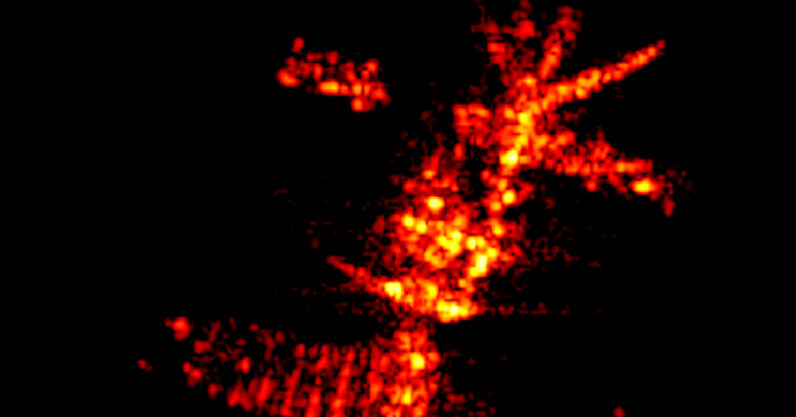
Following almost 30 years of service, the European Space Agency’s ERS-2 satellite re-entered Earth’s atmosphere at approximately 18:17 CET on February 21. Launched in 1995 and with an original mission life of just three years, ERS-2 set new standards for Earth observation, collecting valuable data on the ozone layer, ocean temperature, and mankind’s overall impact on the planet. In 2011, ESA decided to initiate the satellite’s deorbiting process amid concerns over the increasing amount of space junk. That process came to an end last week. ERS-2 arrived back to Earth about six hours later than ESA had predicted. In fact,…
This story continues at The Next Web
